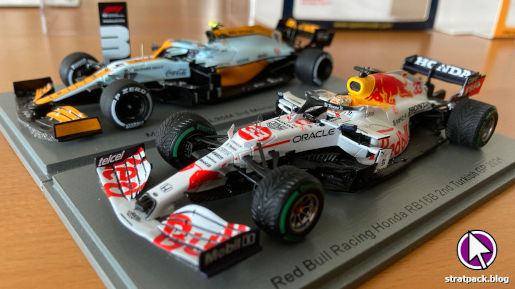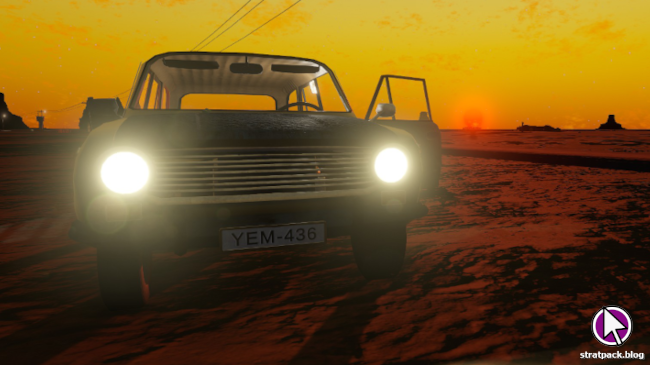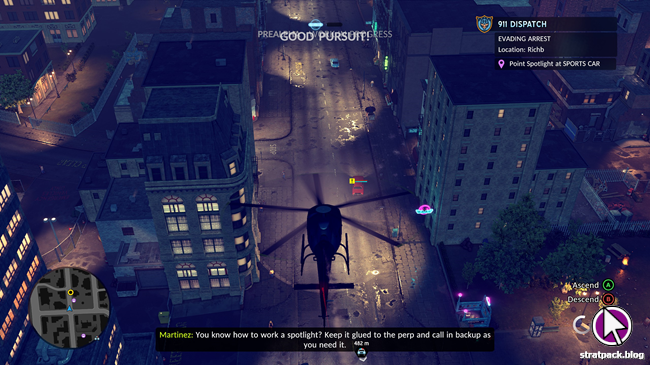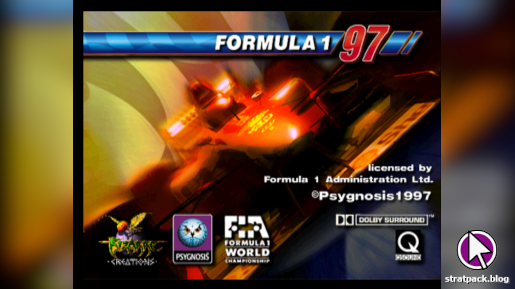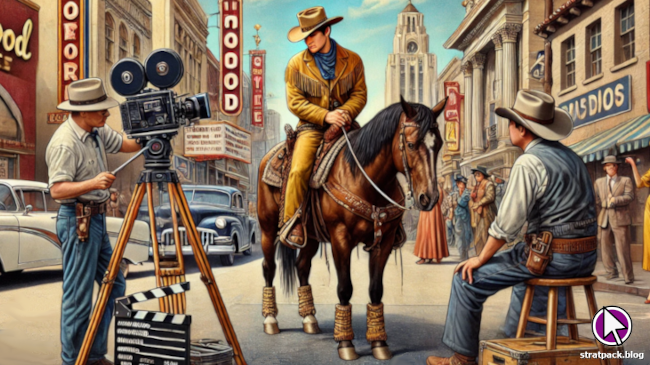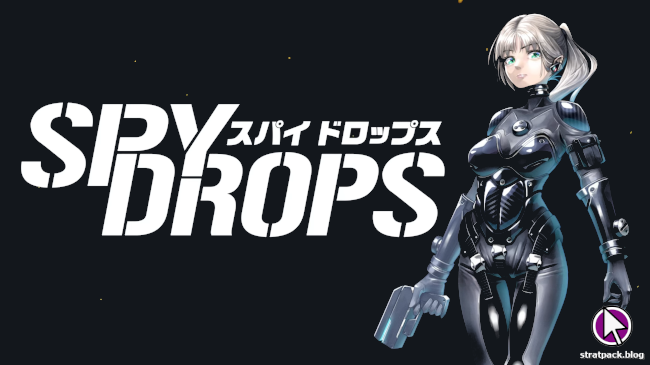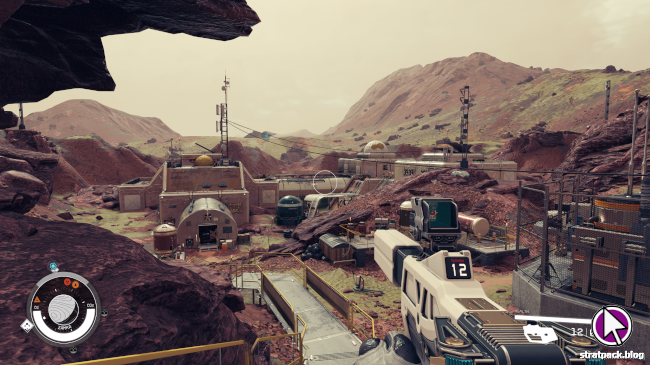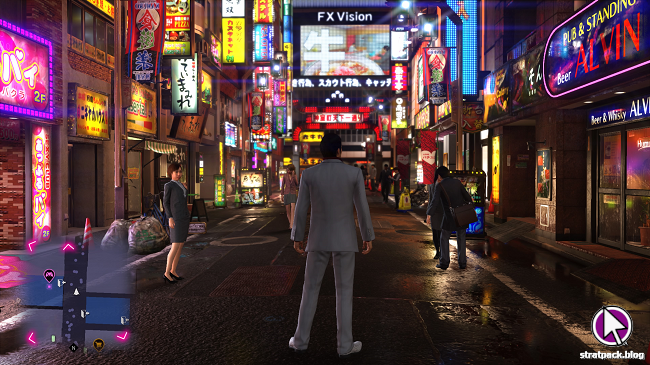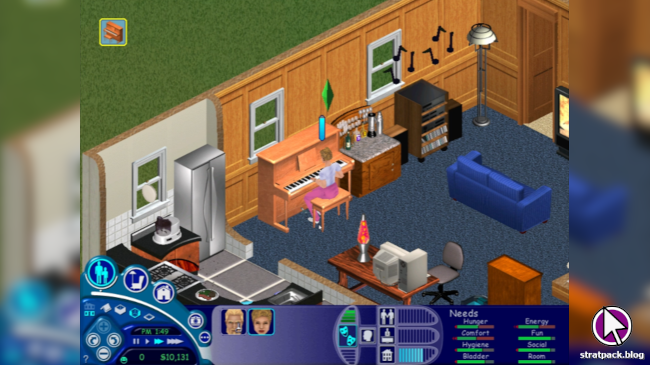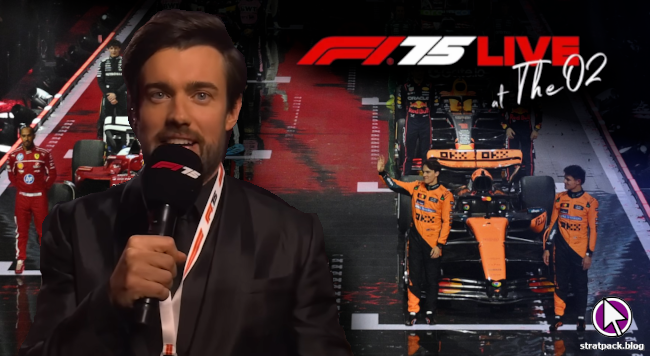
Starfield could be the fix for The Outer Worlds... and Fallout 4
There was a time in about 2018 when I thought The Outer Worlds would be the fix for Fallout 4. That doesn’t mean that I hated Bethesda’s most recent “proper” game - I completed two lengthy playthroughs, one on release and one during the COVID pandemic - but for whatever reason it just didn’t grab me in the same way that old RPGs like Oblivion did.
Watered-down wasteland
Over time, as I read more analysis, I began to understand why that was. While Skyrim, Fallout 3, and other games had left me to forge my own way through their worlds, Fallout 4 let me craft my character’s appearance, but didn’t offer half of their flexibility when it came to their story.

Skyrim also suffered from this issue to a degree, of course, casting the player as the “chosen one” Dragonborn, but it was much easier to ignore. Fallout 4 not only had a character-defining main quest, but featured worse side quest writing, and mismatched dialogue menu options and response tones, and in voicing the main character presented them as a much more developed individual in-game, leaving little to the player’s imagination.
Additionally, the main quest stole a lot of the focus away from the world. Not only did it seem there were fewer side quests, but they were less remarkable in their content than those in previous games, and there was less potential for interesting stories since most quests focused on gunplay, rather than talking your way out of trouble. It was enough to make you yearn for the richness of the Mojave Wasteland (sans nuclear winter).
A pale imitation
So when Obsidian, the developer behind Fallout: New Vegas, announced that it was working on a new RPG, my excitement hit fever pitch. Their prior work included once of the most roleplay-friendly games and immersive worlds of all time, so surely a game of their own would restore all the features we loved and blow the watered-down Fallout out of the water?
The answer was… not really. The Outer Worlds was a game of above-average quality, but it never really captured my attention and I didn’t get anywhere close to completing the story. The structure - a series of hubs on different planets - obstructed any chance of recapturing the “man against the world”, choose-your-own-adventure feel of its predecessors.
The biggest issue for me, however, was the tone. The Outer Worlds felt like it was written by a sixth-form politics student, a game-shaped manifestation of the Twitter accounts that repeatedly yell “Isn’t capitalism bad?” without acknowledging any of its benefits or offering a viable alternative. This also meant that most quest decision points offered only saintly good or comically bad options, with no moral grey area or tough dilemmas to consider.
The remaining third of The Outer Worlds’ personality was… quirkiness, to a degree never seen before in Bethesda games, despite their occasional oddball moments. Somehow Obsidian managed to crank this up to eleven while also sanitising it was far as possible, culminating in a bland, jokey atmosphere reminiscent of the modern Marvel movie formula.
A ray of hope
Enter Starfield. I know it’s a marketing cliche at this point, but watching the preview at the weekend I really felt that thrill of old Bethesda games again, like I could really go anywhere and do anything in this game.
Tonally, the new game looks to be just what you’d expect from the makers of The Elder Scrolls and Fallout. That is, it’s primarily set in a serious world with serious characters, with just the occasional quirky beat on the side - the return of the Adoring Fan as an optional trait-based follower, for example. This helps massively with immersion, as unless I choose to see humorous content it looks like I can count on Starfield to play it straight.
Size and freedom is always an issue with space games, as the nature of space exploration means areas must be broken up between planets. How can you provide enough planets to simulate a region of space without them being procedurally generated and empty? The jury will be out in September, but somehow Bethesda appears to found a happy middle ground between the sparse vastness of No Man’s Sky and the tightly-packed Skyrim map.
What will the gunplay be like? Will planets feel repetitive? What exactly will the ratio of hand-built content to algorithmically generated areas be? How cumbersome will travel between planets feel? There are a lot of open questions ahead of Starfield’s launch, but I’m hoping Bethesda has combined its experience with fan feedback on recent games and produced that rare special RPG - after all, with the increasingly casual changes introduced in Skyrim and Fallout 4, it may be the last chance many players give it.
The future is bright (hopefully)
As Todd Howard so enthusiastically reminded us during the Starfield deep dive, this is the first new world Bethesda has created in decades, and a new subgenre for the studio, so even beyond the usual launch bugs that come with a game so complex, there’s a lot that could go wrong. But from what we’ve seen, it feels like some lessons have been learnt and the balance is there, so I’m cautiously optimistic ahead of 6th September.
More generally, this is the most enthusiastic I’ve been about gaming for years. Between Starfield, the Metal Gear Solid 3 remake, and some of the smaller games shown off over trailer season, it feels like there’s a healthier vein of larger studios and publishers shrugging off the live service-obsessed, microtransaction-filled, multiplayer-first trend of recent years and investing in the high-quality single-player games we’ve all been waiting for.




